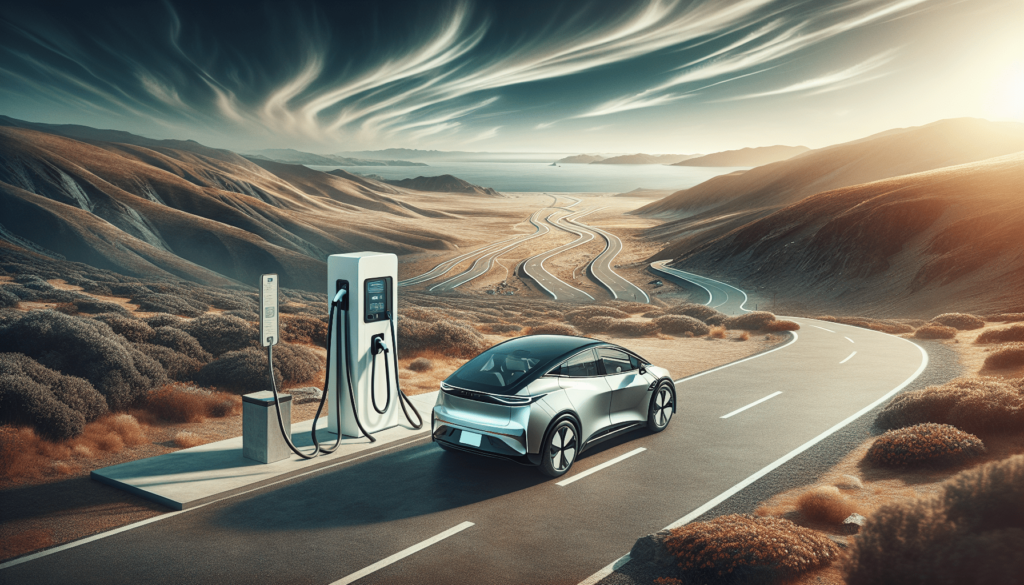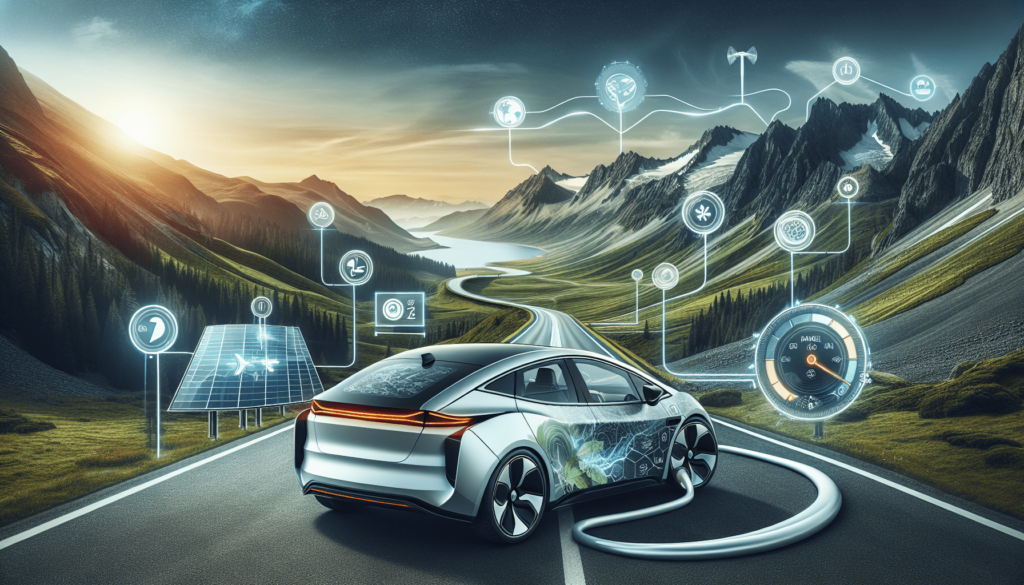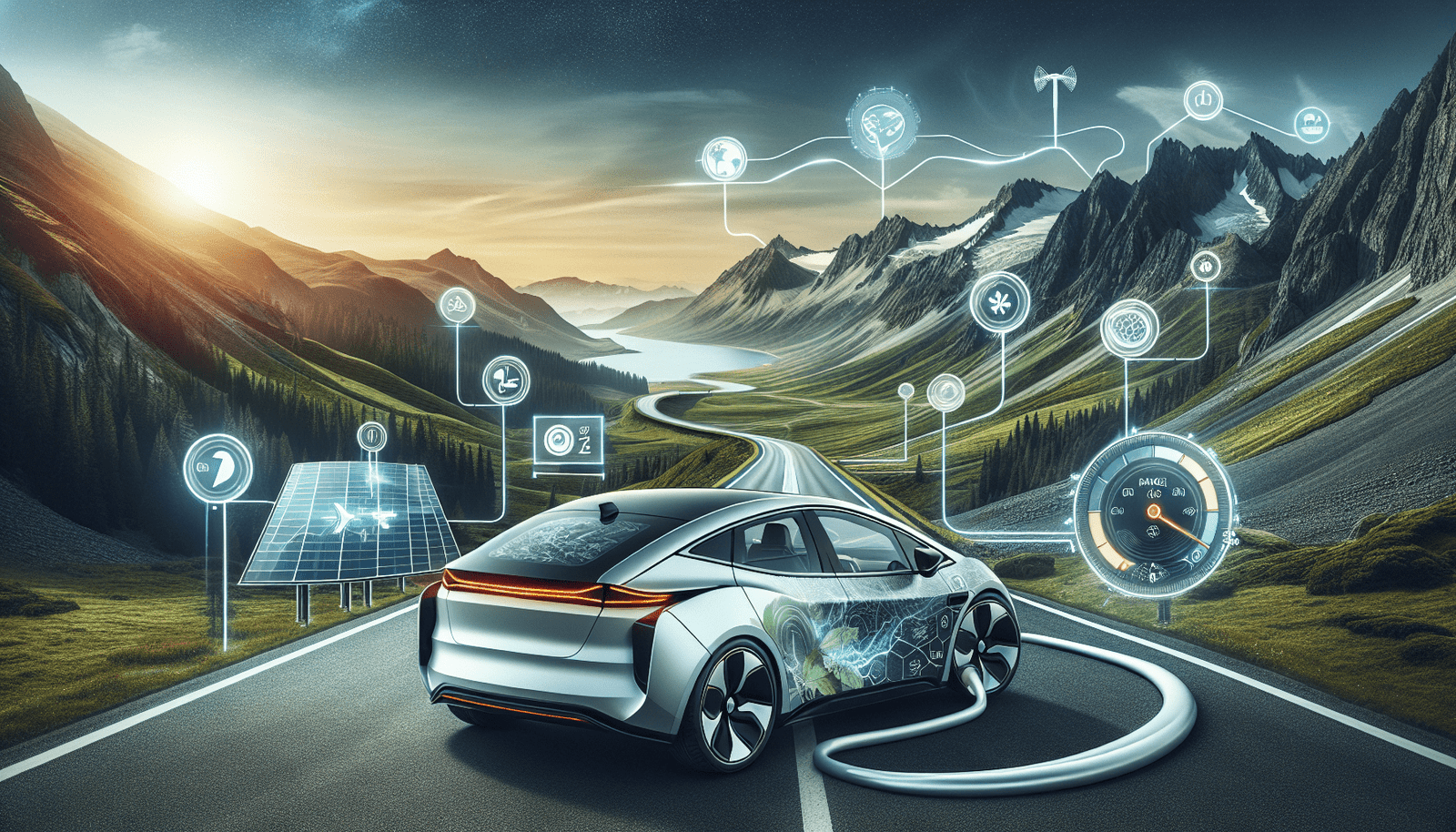Planning road trips with an electric vehicle may seem daunting at first, but with a few simple tips, you can ensure a smooth and enjoyable journey. From mapping out charging stations along your route to calculating the estimated range of your vehicle, careful preparation is key. Additionally, don’t forget to pack any necessary charging adapters and cables, and consider downloading helpful apps to locate charging stations along the way. With these tips in mind, you can confidently embark on your electric vehicle road trip adventure.

This image is property of pixabay.com.
Choosing the right electric vehicle
When planning a road trip with an electric vehicle (EV), the first step is to choose the right one for your needs. Consider the range of the vehicle, which is the distance it can travel on a single charge. This is especially important if you’re planning a long road trip. Make sure the range of the EV is suitable for the distance you intend to cover. Electric vehicles come with different range options, so choose wisely based on your planned route and charging options along the way.
Next, check for charging infrastructure along your route. It’s essential to have charging stations available at convenient intervals to avoid running out of power. Research the charging options available in the areas you’ll be traveling through. Look for public charging stations, which are typically found at shopping centers, rest areas, and service stations. Some charging stations even offer fast charging capabilities, allowing you to recharge your EV at a significantly faster rate. Consider these factors when choosing your route and the electric vehicle that best suits your needs.
Preparing the vehicle for the trip
Before hitting the road, it’s crucial to ensure your electric vehicle is in optimal condition. Get the vehicle serviced to address any potential issues that could arise during the trip. Regular servicing will help uncover any maintenance requirements and ensure all components are functioning correctly. This will give you peace of mind and minimize the risk of unexpected breakdowns.
Properly inflated tires are also essential for a smooth and efficient electric vehicle journey. Check the tire pressure and make sure it is within the recommended range provided by the vehicle manufacturer. Underinflated tires can reduce the range of your EV and increase energy consumption.
Testing the charging equipment is another essential step in preparing your electric vehicle for a road trip. Make sure your charging cables, adapters, and connectors are in good condition. Check for any signs of damage or wear and tear. It’s always a good idea to have a backup charging cable just in case.
Mapping out the route
When planning a road trip with an electric vehicle, it’s essential to map out your route carefully. Identify charging stations along the way to ensure you have options for recharging your EV. Several online platforms and mobile apps provide information about the location and availability of charging stations. Take advantage of these resources to plan your stops strategically.
It’s crucial to plan for longer charging stops during your road trip. While charging times can vary depending on the charging station and your vehicle’s capabilities, it’s best to allow for sufficient time to recharge. This will give you the opportunity to take a break, stretch your legs, and perhaps explore the nearby area. Plan for activities or places of interest near the charging stations, making your journey not just practical but also enjoyable.
Considering alternative routes can also be beneficial when planning a road trip with an electric vehicle. Some routes may have more charging stations or better charging infrastructure, allowing for a more convenient and stress-free journey. Take the time to research alternate routes that provide better access to charging stations along the way. This flexibility will give you peace of mind, knowing that you have charging options no matter which route you choose.
Estimating charging times
Knowing the charging speed of your electric vehicle is crucial in estimating the charging times required at each stop. Different electric vehicles have different charging capabilities, so be aware of the charging speed of your specific model. This will allow you to plan your stops accordingly and ensure you have enough time to charge your EV.
To calculate the charging time needed at each stop, consider factors such as the current battery level, desired battery level for the next leg of your journey, and the charging power of the charging station. Some charging stations offer fast charging, allowing you to charge your EV at a significantly faster rate. Take advantage of these stations to reduce charging time, especially during longer stops.
It’s important to factor in any charging time discrepancies that may occur. Charging times can vary depending on several factors, including the state of the battery, outside temperature, and the amount of power available at the charging station. Be prepared for possible delays and adjust your travel plans accordingly.

This image is property of pixabay.com.
Packing necessary items
When embarking on a road trip with your electric vehicle, it’s essential to pack necessary items to ensure a smooth journey. Bring along charging cables and adapters suitable for the charging stations you plan to use. Different charging stations may have different connector types, so be prepared with the appropriate cables and adapters to avoid any compatibility issues.
Carrying a portable power bank is also a wise choice. While charging stations are available along the route, having a backup source of power can come in handy in case of unforeseen circumstances. A portable power bank can provide an extra boost if you find yourself in need of charging and are unable to reach a charging station immediately.
Additionally, pack emergency supplies such as a first aid kit, flashlight, and extra batteries. It’s always better to be prepared for any unexpected situations that may arise during your road trip. Having these supplies on hand will ensure your safety and peace of mind throughout the journey.
Using energy-saving techniques
To maximize the range of your electric vehicle and optimize its energy efficiency, consider adopting energy-saving techniques during your road trip. By adjusting your driving habits, you can significantly impact the mileage you get from each charge.
Optimize your driving habits by maintaining a steady speed and avoiding sudden acceleration or braking. Smooth and gradual driving will help conserve energy and extend the range of your EV. Use cruise control when possible, as it can help maintain a consistent speed and improve fuel efficiency.
Minimize the use of climate control systems when you can. Air conditioning and heating consume a significant amount of energy, which can reduce your EV’s range. Use these features sparingly or adjust them to lower settings to conserve energy. Dress appropriately for the weather to reduce the need for excessive heating or cooling.
Limit the use of unnecessary electric features in your electric vehicle. Turn off seat warmers, ambient lighting, or any other non-essential accessories that may consume additional power. By minimizing the usage of these features, you can optimize the energy consumption of your EV and improve its range.

This image is property of pixabay.com.
Making accommodation arrangements
When planning a road trip with an electric vehicle, consider making accommodation arrangements that cater to the needs of EV drivers. Look for hotels or accommodations that offer EV charging stations on their premises. This way, you can ensure that you’ll have a convenient and reliable charging option overnight.
Plan for overnight charging to top up your EV’s battery while you rest and recharge yourself. Take into account the charging time needed to reach an optimal battery level for the next day’s journey. This way, you can wake up to a fully charged electric vehicle, ready to hit the road.
If you’re unable to find accommodations with EV charging stations, consider renting an electric vehicle-friendly property. Some properties offer EV charging facilities specifically for their guests, ensuring a hassle-free charging experience throughout your stay.
Staying informed on charging network
To ensure a smooth road trip with your electric vehicle, it’s important to stay informed about the charging network. Use reliable charging station apps or websites to find accurate and up-to-date information about available charging stations along your route. These apps can provide details such as location, types of connectors available, and real-time availability.
Check for real-time availability and status of charging stations before you arrive. This way, you can avoid unnecessary detours or delays if a charging station is occupied or out of service. Stay updated on new charging stations that may have recently been installed along your route. This information can help you plan your stops strategically, ensuring you have a reliable charging option whenever needed.

Emergency preparedness
While electric vehicles are generally reliable, it’s always wise to be prepared for any unexpected situations that may arise during your road trip. Know the location of backup charging stations along your route. Identifying these alternative charging options beforehand can be a lifesaver in case a planned charging station is not available or out of service.
Have a backup plan in case of charger malfunction. Carry a charging cable that can be connected to a standard outlet, commonly referred to as “Level 1” charging. This allows you to charge your electric vehicle from a regular power source if other charging options are unavailable.
Keep important contact numbers handy, including the customer support lines of charging station providers, electric vehicle manufacturers, and roadside assistance services. These numbers can be invaluable in times of need and can provide guidance or immediate assistance if you encounter any issues during your journey.
Keeping track of energy consumption
To gain insights into your electric vehicle’s performance during the road trip, keep track of energy consumption along the way. Monitor your EV’s energy usage using the built-in trip computer or by keeping a log of the miles driven and the energy consumed.
Adjust your charging strategy based on your energy consumption. If you’re using more energy than anticipated, consider charging more frequently or for longer durations at each stop. Conversely, if you’re achieving better mileage than expected, you may be able to reduce the charging times or skip some planned charging stops altogether.
Record and analyze your charging data to gain a better understanding of the charging patterns and energy usage of your electric vehicle. This information can help you plan future road trips more effectively and optimize your overall driving experience.
By following these tips, you can plan and enjoy a memorable road trip with your electric vehicle. From choosing the right EV and preparing it for the journey to mapping out the route and staying informed on charging network, every step is essential for a successful and stress-free adventure. Keep in mind the unique considerations of an electric vehicle, such as charging times and energy consumption, and pack necessary items and emergency supplies to ensure a smooth journey. With careful planning and preparation, your road trip with an electric vehicle can be as enjoyable as it is sustainable.


